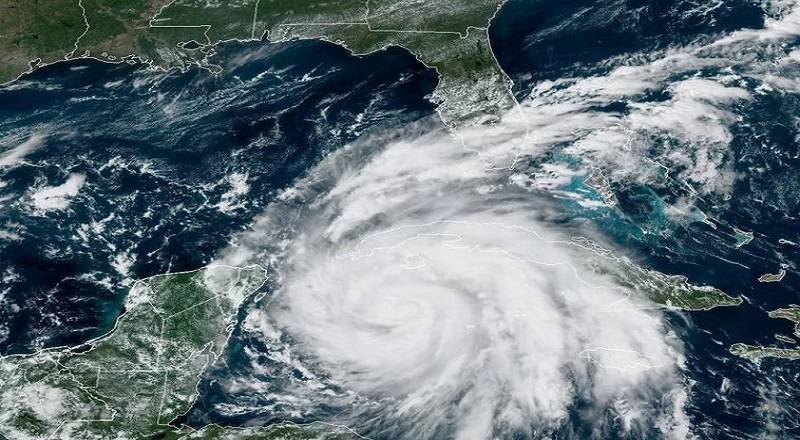Hurricane Ian made landfall near Cayo Costa, Florida, on Wednesday as a major Category 4 storm — the second-strongest possible category on the Saffir-Simpson Hurricane Wind Scale, according to the National Hurricane Center. The southwestern part of the state is already feeling its impacts. Hurricane Ian storm surge in Florida.
“We have seen life-threatening storm surge, as was predicted,” Florida Gov. Ron DeSantis said at a press conference Wednesday evening. “We’ve also seen major flooding in places like Collier County, Sanibel, Fort Myers Beach.”Hurricane Ian storm surge in Florida.
DeSantis said the storm surge likely peaked at about 12 feet.
While it’s still too early for officials to assess structural damage, over 1.8 million people in the coastal towns were without power as of Wednesday evening, according to poweroutage.us. Flooding swept away cars and buildings, and downed power lines sparked fires in coastal towns. Several cities asked residents to conserve water as flooded water facilities struggled to keep up with demand.
And Florida isn’t out of the weeds just yet. The governor and other state officials warned Wednesday evening that as Ian moves inland, residents in central and northeast Florida could see tornadoes, high winds and flash flooding. Several counties near Jacksonville and St. Augustine are under full or partial evacuation orders.
Ian downgraded to Category 1
At 11 p.m. ET, Hurricane Ian had maximum sustained wins of 90 mph, making it a Category 1 storm. It made landfall earlier in the day as a major Category 4 storm.
But the National Hurricane Center warned that life-threatening conditions were ongoing. “Widespread, life-threatening catastrophic” flooding was expected to continue throughout central Florida overnight.
Also Read: 1.45 lakh crore GST collection in the month of September
Also Read: Vodafone Idea in Big Trouble
Storm surges were still a concern along the southwest Florida coastline. Life-threatening storm surges were also expected to impact the northeast Florida coast and the coasts of Georgia and South Carolina on Thursday and Saturday as the storm continues to push northeast into the Atlantic.


Comments are closed.